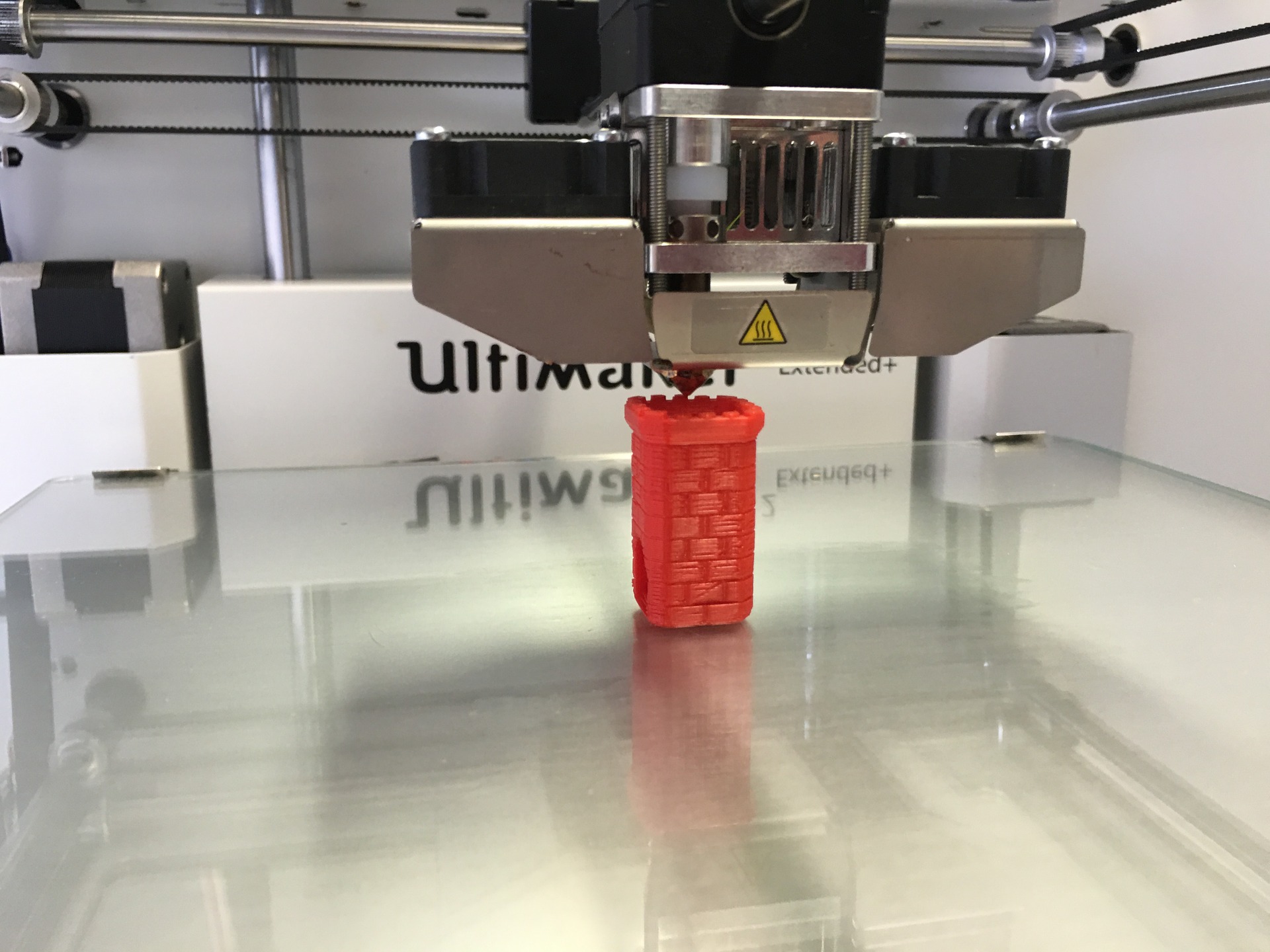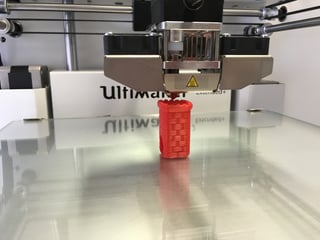Menu

Technology is continually transforming the way we live and work. Since the foundational concepts of additive manufacturing (AM) were developed approximately thirty years ago, this innovative concept has grown, and is rapidly revolutionizing the production industry. Unimagined processes have become a reality, and companies in aerospace, health, and automotive industries are benefiting from the possibilities. From rapid prototyping to laser engraved net shaping and laminated object manufacturing, this highly specific form of production presents a variety of incredible opportunities.
AM is essentially a very unique type of machine shop production. As such, it forms an integral part of the supply chain, and faces many of the same scheduling challenges associated with traditional machine shop production. Because it allows for unlimited customization and weight-strength optimization, it addresses two important aspects particularly associated with small batch fabrication; and more and more companies are investing in the required machinery. However, trying to maintain your additive manufacturing schedule using manual spreadsheets is almost an operation in futility.
Your customers rely on having their orders arrive according to their production schedule, and late deliveries can spell disaster for customer relations. Likewise, made-to-order parts, components, and prototypes are characterized by constant change. Operating schedules must be able to adapt swiftly to last-minute alterations, in order to avoid costly delays.
 However, when scheduling in an AM environment, there is an extra technological step involved in rapid prototyping, 3D Printing, and similar industry 4.0 processes. The transition from CAD design to an STL (Standard Tessellation Language) file must be accounted for, in addition to your standard preventative maintenance (PM) tasks, labor and equipment schedules. Depending on the type of production required, you may also need to integrate logical dependencies; but mainly, you’ll need to embrace the volatility that accompanies design-driven manufacturing processes.
However, when scheduling in an AM environment, there is an extra technological step involved in rapid prototyping, 3D Printing, and similar industry 4.0 processes. The transition from CAD design to an STL (Standard Tessellation Language) file must be accounted for, in addition to your standard preventative maintenance (PM) tasks, labor and equipment schedules. Depending on the type of production required, you may also need to integrate logical dependencies; but mainly, you’ll need to embrace the volatility that accompanies design-driven manufacturing processes.
Understanding how to merge these advanced technologies with practical scheduling solutions will help your operation improve its overall delivery performance and foster maximum efficiency.
Even the machinery used in the most advanced additive production process is still very much in the early stages of development. Consider the difference between early assembly line equipment as compared with today’s precision electronics. Therefore, at this stage in its development, the machinery is capital intensive to own and operate. Although it’s natural to assume that the equipment used to perform additive manufacturing processes will continue to advance, companies who operate current models must deal with a variety of scheduling challenged, including:
Essentially, the only thing that is reasonably constant is the constant changes you must face, which characterize small batch manufacturing.
Machine shop scheduling software has evolved over the last few years. By using highly intuitive, visual scheduling systems that support speedy user access and manual manipulation, additive manufacturers can benefit by the technology developed specifically for small batch production. Effectively control your productivity with features that include:
Industry 4.0 processes will continue to evolve. However, you can ensure that your additive manufacturing business operates at optimum efficiency by approaching your scheduling needs with targeted software that is designed to eliminate the challenges you face.
If you are an additive manufacturer and seek for some scheduling insights, you might want to download our free Ebook: "A comprehensive introduction into machine shop scheduling".
just plan it is a production scheduling software plus scheduling tools & best practices to help high-mix low-volume make-to-order manufacturers gain transparency and control over their shop operations. The software plus its methodology is used by thousands of people around the globe. They consistently achieve improved on-time deliveries, shorter lead times, and better utilization of their resources.
As just plan it is not just software, but a lot of processes and best practices, we recommend that you start with an exploratory meeting. If we agree that there is a fit between your requirements and our approach, we'll build a prototype for you.
Hence, it all starts with a meeting. Book that meeting now.
These Stories on Machine shop scheduling
Made with by BOYUM IT SOLUTIONS GmbH (Copyright © 2024) Read our Privacy Policy & Terms of Service
No Comments Yet
Let us know what you think